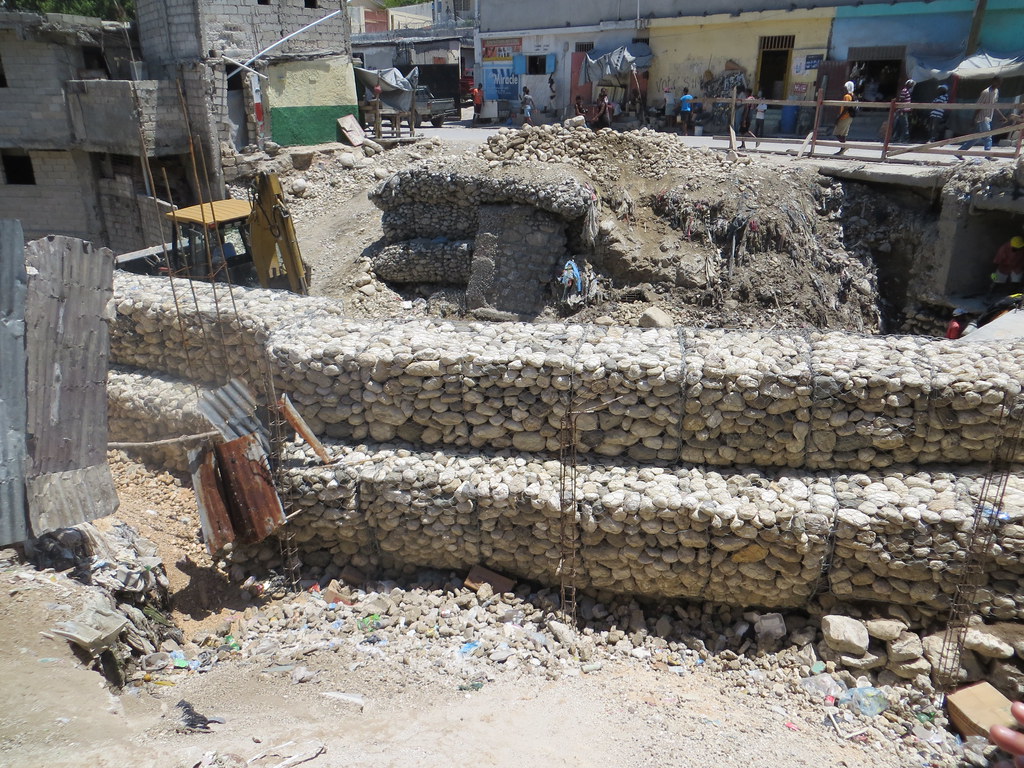Insider threats are one of the most significant risks to organizational security. They can come from employees, contractors, or business partners who have inside information concerning the organization’s security practices, data, and computer systems. To mitigate these risks, organizations implement insider threat programs. This article delves into the goal of an insider threat program, its components, and best practices for implementation, focusing on key strategies and measures.
Understanding Insider Threats
An insider threat occurs when someone within an organization misuses their access to cause harm. This harm can be intentional, such as theft of intellectual property or sabotage, or unintentional, due to negligence or human error.
Key Terms and Concepts
- Insider Threat: A risk posed by individuals within the organization who have access to critical data and systems.
- Insider Threat Program: A structured approach to detecting, preventing, and responding to insider threats.
- Behavioral Analysis: Monitoring and analyzing user behavior to identify potential threats.
- Access Control: Mechanisms to ensure that individuals have the appropriate level of access to systems and data.
Goals of an Insider Threat Program
The primary goal of an insider threat program is to protect the organization from harm by identifying, mitigating, and managing risks posed by insiders. Specific goals include:
- Detection and Prevention: Identifying potential insider threats before they can cause harm.
- Response and Mitigation: Effectively responding to incidents to minimize damage.
- Awareness and Training: Educating employees about the risks and indicators of insider threats.
- Policy and Procedure Development: Establishing guidelines to manage and mitigate insider threats.
Detection and Prevention
A crucial component of an insider threat program is the ability to detect and prevent potential threats. This involves monitoring and analyzing various data sources and behaviors.
- User Activity Monitoring: Keeping track of user activities on networks, systems, and applications to identify suspicious behavior.
- Behavioral Analytics: Using advanced analytics to detect deviations from normal behavior patterns that might indicate a threat.
- Access Management: Ensuring that individuals have access only to the information and systems necessary for their role.
Response and Mitigation
When a potential insider threat is identified, a prompt and effective response is essential to minimize the impact.
- Incident Response Plans: Developing and implementing comprehensive incident response plans to address insider threats.
- Forensic Analysis: Conducting forensic investigations to understand the scope and impact of an incident.
- Remediation Measures: Taking steps to mitigate the damage caused by an insider threat, including revoking access and implementing additional security measures.
Awareness and Training
Educating employees about insider threats is a critical component of any insider threat program. Awareness and training initiatives help in fostering a security-conscious culture.
- Training Programs: Conducting regular training sessions to educate employees about insider threats, their indicators, and how to report suspicious activities.
- Communication Campaigns: Using internal communication channels to reinforce the importance of insider threat awareness.
- Role-Based Training: Tailoring training programs to different roles within the organization to address specific risks and responsibilities.
Policy and Procedure Development
Establishing robust policies and procedures is fundamental to an effective insider threat program.
- Security Policies: Developing comprehensive security policies that define acceptable use, data protection, and access control.
- Procedure Manuals: Creating detailed procedure manuals that outline steps to be taken in the event of an insider threat.
- Regular Reviews: Periodically reviewing and updating policies and procedures to ensure they remain effective and relevant.
Components of an Insider Threat Program
A well-rounded insider threat program encompasses several key components that work together to protect the organization.
- Risk Assessment: Regularly conducting risk assessments to identify potential insider threats and vulnerabilities.
- Technical Controls: Implementing technical controls such as data loss prevention (DLP) systems, encryption, and intrusion detection systems (IDS).
- Behavioral Indicators: Identifying and monitoring behavioral indicators that might signal an insider threat.
- Reporting Mechanisms: Establishing clear and confidential reporting mechanisms for employees to report suspicious activities.
Risk Assessment
Conducting regular risk assessments helps organizations identify potential insider threats and take proactive measures to mitigate them.
- Vulnerability Analysis: Assessing the organization’s vulnerabilities to insider threats and identifying critical areas that require protection.
- Threat Modeling: Developing threat models to understand the various ways insider threats could manifest and impact the organization.
- Risk Mitigation Strategies: Implementing strategies to mitigate identified risks, including technical, procedural, and administrative controls.
Technical Controls
Technical controls are essential for monitoring and preventing insider threats.
- Data Loss Prevention (DLP): Implementing DLP systems to prevent unauthorized access and exfiltration of sensitive data.
- Encryption: Encrypting sensitive data to protect it from unauthorized access, both in transit and at rest.
- Intrusion Detection Systems (IDS): Deploying IDS to monitor network traffic for signs of malicious activity.
Behavioral Indicators
Monitoring behavioral indicators can help identify potential insider threats before they cause harm.
- Anomalous Behavior: Identifying behaviors that deviate from the norm, such as unusual access patterns, large data transfers, or attempts to access restricted areas.
- Employee Monitoring: Using employee monitoring tools to track activities and detect suspicious behavior.
- Behavioral Baselines: Establishing baselines of normal behavior for different roles and departments to help identify deviations.
Reporting Mechanisms
Establishing clear and confidential reporting mechanisms encourages employees to report suspicious activities without fear of retaliation.
- Anonymous Reporting: Providing channels for anonymous reporting of suspicious activities to protect whistleblowers.
- Clear Guidelines: Creating clear guidelines for reporting insider threats, including what to report and how to report it.
- Encouraging Reporting: Promoting a culture that encourages reporting by emphasizing the importance of vigilance and security.
Best Practices for Implementing an Insider Threat Program
Implementing an effective insider threat program requires a combination of technical, procedural, and cultural measures. Here are some best practices:
- Leadership Support: Ensure strong support from leadership to provide the necessary resources and foster a culture of security.
- Comprehensive Policies: Develop comprehensive policies that cover all aspects of insider threat management.
- Cross-Department Collaboration: Encourage collaboration between different departments, such as IT, HR, and legal, to address insider threats holistically.
- Regular Training: Conduct regular training sessions to keep employees informed about the latest threats and best practices.
- Continuous Improvement: Continuously improve the insider threat program by incorporating feedback, lessons learned from incidents, and advancements in technology.
Leadership Support
Strong leadership support is crucial for the success of an insider threat program.
- Resource Allocation: Ensure that sufficient resources are allocated to the insider threat program, including budget, personnel, and technology.
- Cultural Integration: Integrate security into the organization’s culture by promoting the importance of insider threat awareness from the top down.
- Leadership Involvement: Involve leadership in key aspects of the insider threat program, such as policy development, risk assessments, and incident response.
Comprehensive Policies
Developing comprehensive policies helps establish clear guidelines for managing insider threats.
- Acceptable Use Policies: Define acceptable use of organizational resources and outline consequences for policy violations.
- Data Protection Policies: Establish policies for protecting sensitive data, including access controls, encryption, and data handling procedures.
- Incident Response Policies: Develop detailed incident response policies that outline steps to be taken in the event of an insider threat.
Cross-Department Collaboration
Collaboration between different departments is essential for addressing insider threats effectively.
- IT and Security Teams: Work closely with IT and security teams to implement technical controls and monitor for suspicious activities.
- Human Resources: Involve HR in addressing behavioral issues and providing support to employees who might be at risk of becoming insider threats.
- Legal and Compliance: Ensure that legal and compliance teams are involved in policy development and incident response to address regulatory requirements and legal considerations.
Regular Training
Regular training keeps employees informed about the latest threats and best practices.
- Awareness Programs: Implement ongoing awareness programs to educate employees about insider threats and their indicators.
- Scenario-Based Training: Use scenario-based training to provide practical examples of insider threats and how to respond.
- Role-Specific Training: Tailor training programs to address the specific risks and responsibilities of different roles within the organization.
Continuous Improvement
Continuously improving the insider threat program helps address evolving threats and incorporate new technologies.
- Feedback Mechanisms: Establish feedback mechanisms to gather input from employees and stakeholders on the effectiveness of the program.
- Lessons Learned: Use lessons learned from incidents to improve policies, procedures, and training programs.
- Technology Advancements: Stay updated on advancements in technology and incorporate new tools and techniques into the insider threat program.
Conclusion
The goal of an insider threat program is to protect the organization from harm by identifying, mitigating, and managing risks posed by insiders. By focusing on detection and prevention, response and mitigation, awareness and training, and policy and procedure development, organizations can effectively manage insider threats. Implementing best practices such as leadership support, comprehensive policies, cross-department collaboration, regular training, and continuous improvement ensures a robust and effective insider threat program. Through these efforts, organizations can safeguard their critical assets and maintain a secure environment.



